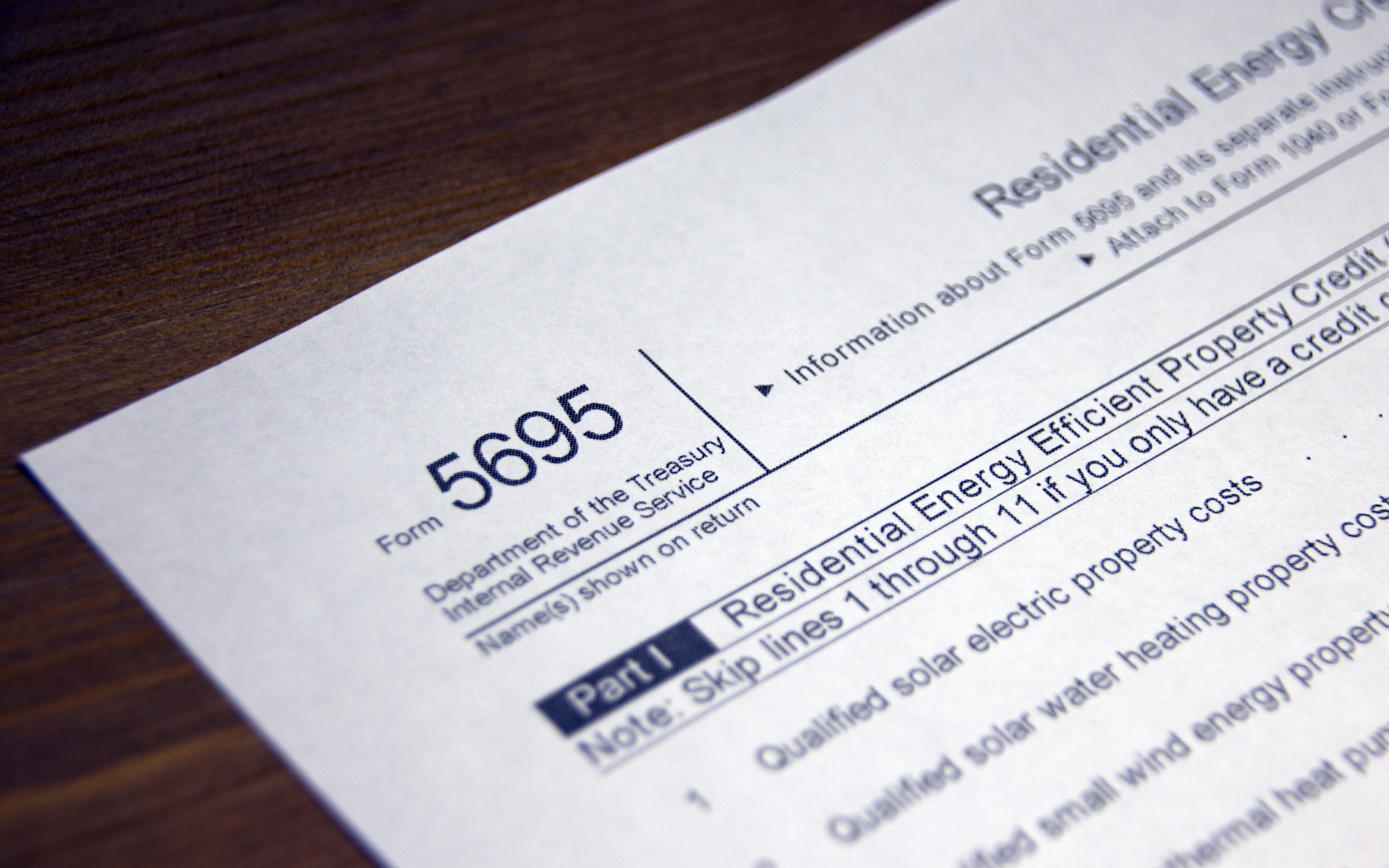Everybody needs to pay their taxes to the IRS. One such tax form you may not be familiar with is Form 1040. Formally, this is called the US Individual Income Tax Return and is used to report your income. While some just file the standard Form 1040, you may need to know how to write Schedule D Form 1040. This is particularly true if you have several things going on in your life.
So, what is Schedule D Form 1040, and do you need one? More importantly, how do you create the form? This guide will help you out.
Table of Contents
Guide On How To Write A Schedule D (Form 1040)
Before anything, let’s discuss what the Schedule D form from the IRS is. The IRS has a list of provided schedules for its taxpayers. You will need to file Schedule D Form 1040 when reporting a gain or loss from a capital asset sale.
Some examples of capital assets that are usually reported on Schedule D include homes, bonds, and stocks sold. It’s important to note that there are some specific tax forms required to complete Schedule D. These forms differ when you sell an investment/home, a business property, or incur a casualty.
You can learn how to create Schedule D Form 1040 on your own. Here is a short guide on how you can do it by yourself.
1. Download Form 1040
The first thing you need to do is to download Form 1040 from the IRS website or via Fill. Although it may look intimidating, you simply need to include essential information when you are filling out the form. These include the following:
- Your basic information: Provide important information on who you are and the tax dependents you have. You will also need to include the tax filing status that you will be using.
- Your taxable income: Calculate your income with the deductions you’d like to claim. This will yield your taxable income, which will be subject to tax.
- Your tax liability: On the bottom part of the form, you will need to include information on how much income tax you need to take care of. In this part of the form, you’ll be able to subtract tax credits that you qualify for. You can also subtract the taxes that you already paid with your paycheck via a withholding tax.
2. Prepare the necessary information
Before you can get started, you will need to prepare some information. These include the following:
- Short-Term Capital Gains and Losses (Generally assets held one year or less)
- Long-Term Capital Gains and Losses (Generally assets held more than one year)

When you’re writing Schedule D Form 1040, it’s important to know that there are three common schedules. You might need to include these schedules in the form that you are filing. These include the following:
Schedule 1: Additional income and adjustments to income.
You will need to file this if you have any of these:
- Business income
- Alimony income or payment
- Rental income
- Unemployment income
- Farm income
- Educator expenses
- Student loan interest
- Deductible moving expenses
- Deductible health insurance expenses
- Deductible retirement contributions
Schedule 2: Additional taxes
You will need to file this if you owe any of these:
- Self-employment tax
- Excess advance premium tax credit repayment
- Alternative minimum tax
- Additional taxes on IRAs, retirement plans, or other tax-favored accounts
- Additional Medicare tax
- Household employment taxes
- Repayment of the first-time homebuyer credit
Net investment income tax
Schedule 3: Additional credits and payments
You will need to file this if you will claim these:
- Credit for child and dependent care expenses
- Foreign tax credit
- Retirement savings contributions credit (the saver’s credit)
- Education credits
- General business credit
- Residential energy credit
Free Schedule D (Form 1040) Creation
It’s important to know that there some people may not need to file any of these schedules. At the same time, others need to file more. The best you can do is to speak with a seasoned expert.
You can also use a template to help you in drafting schedule D Form 1040 faster.
Schedule D (Form 1040) – Capital Gains and Losses
Using Fill for an Easier Experience
One of the reasons why people turn to Fill when creating IRS forms is because of its template gallery. We have a wide variety of forms that you can quickly access.
You don’t have to learn how to draft Schedule D Form 1040 from scratch with our template. You can also easily send the form for an eSignature when you need the approval of your tax consultant.
Register for a free account to start filling out your forms today.




